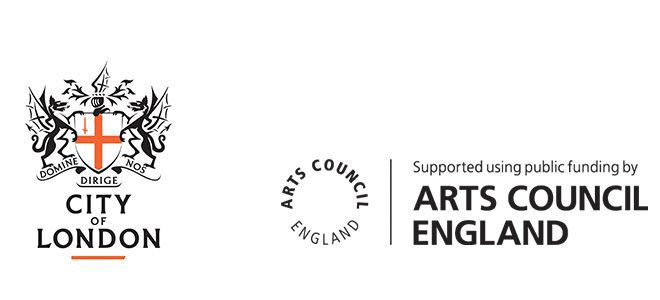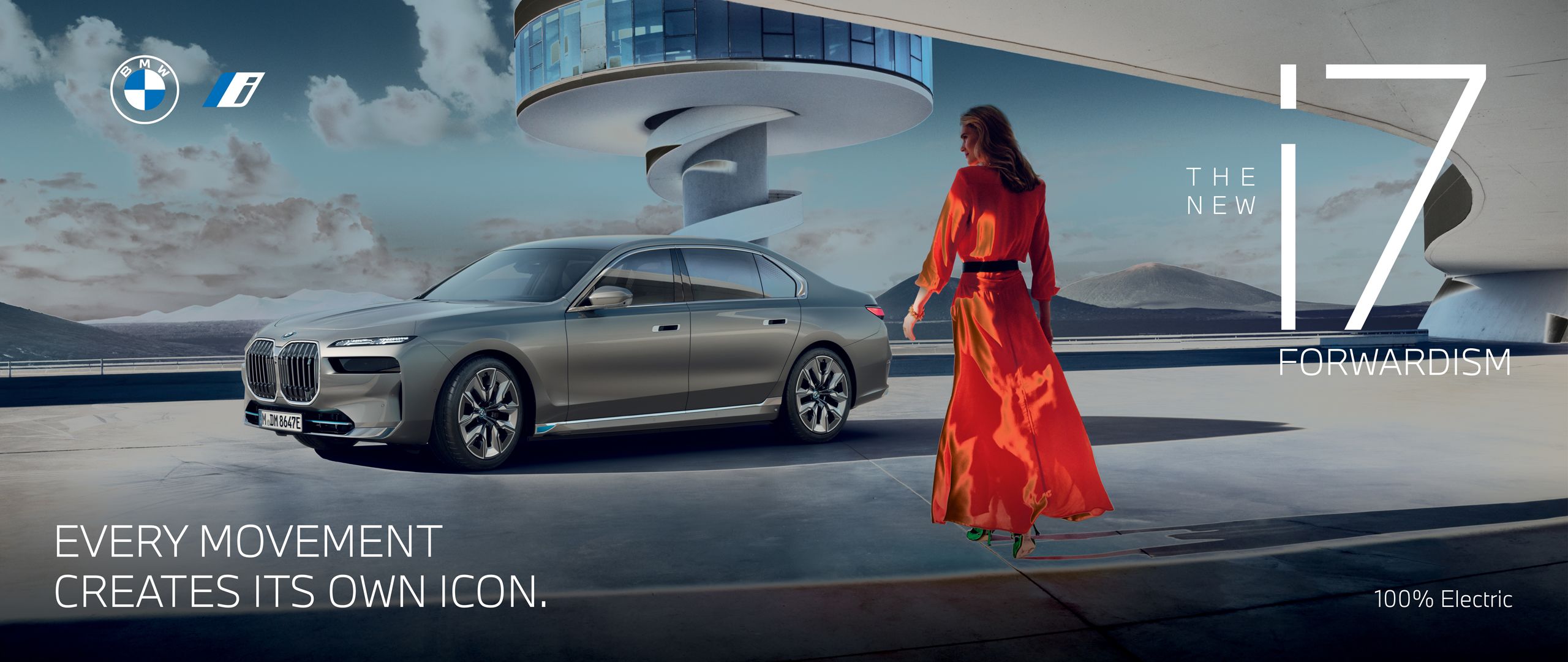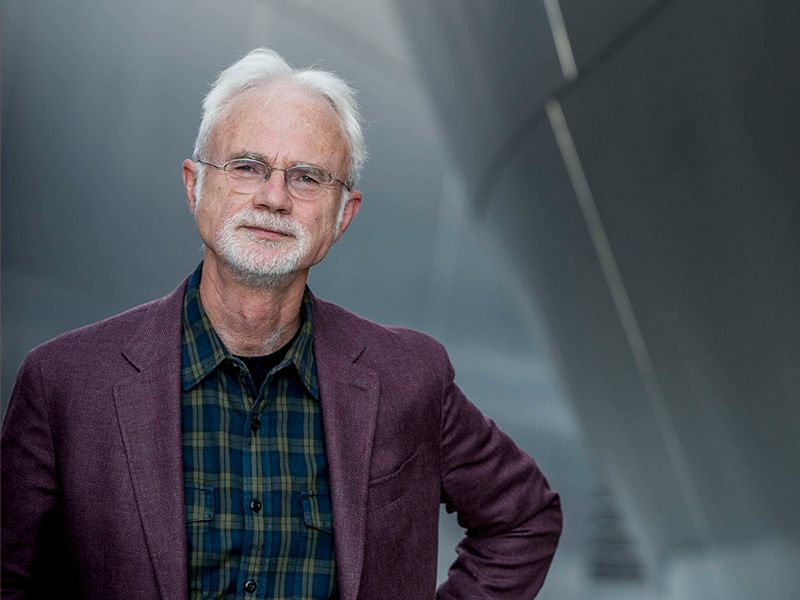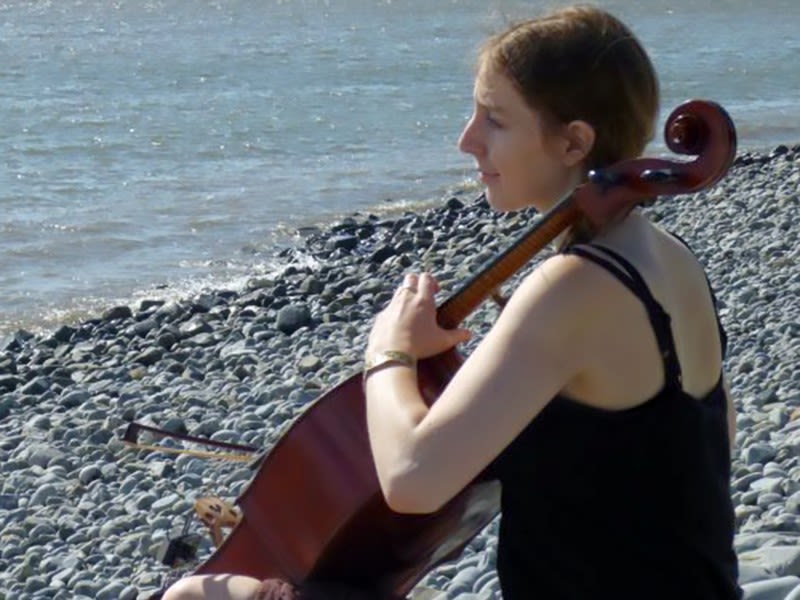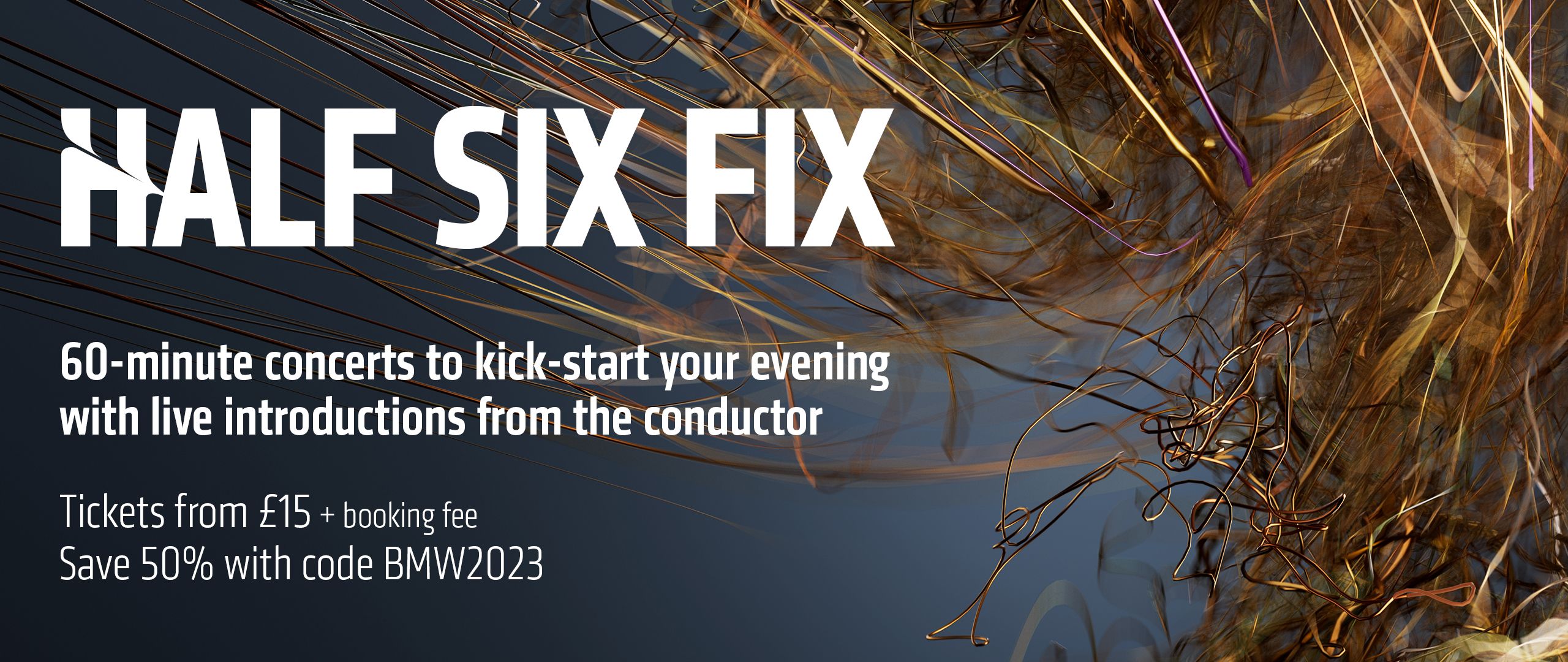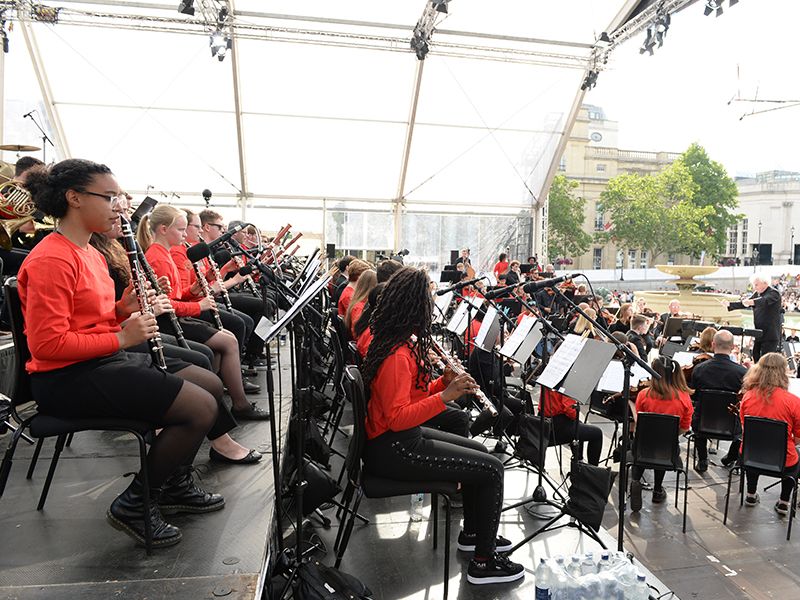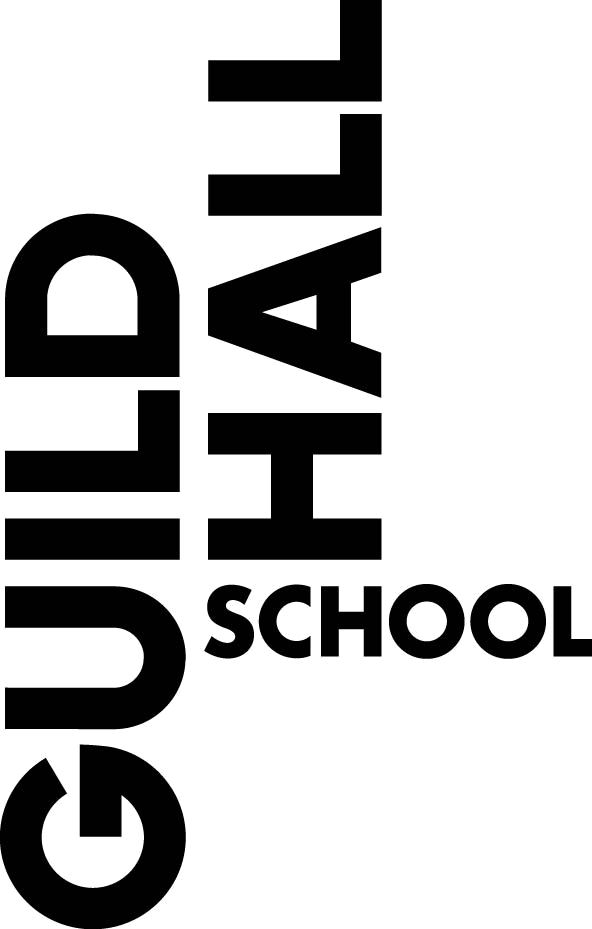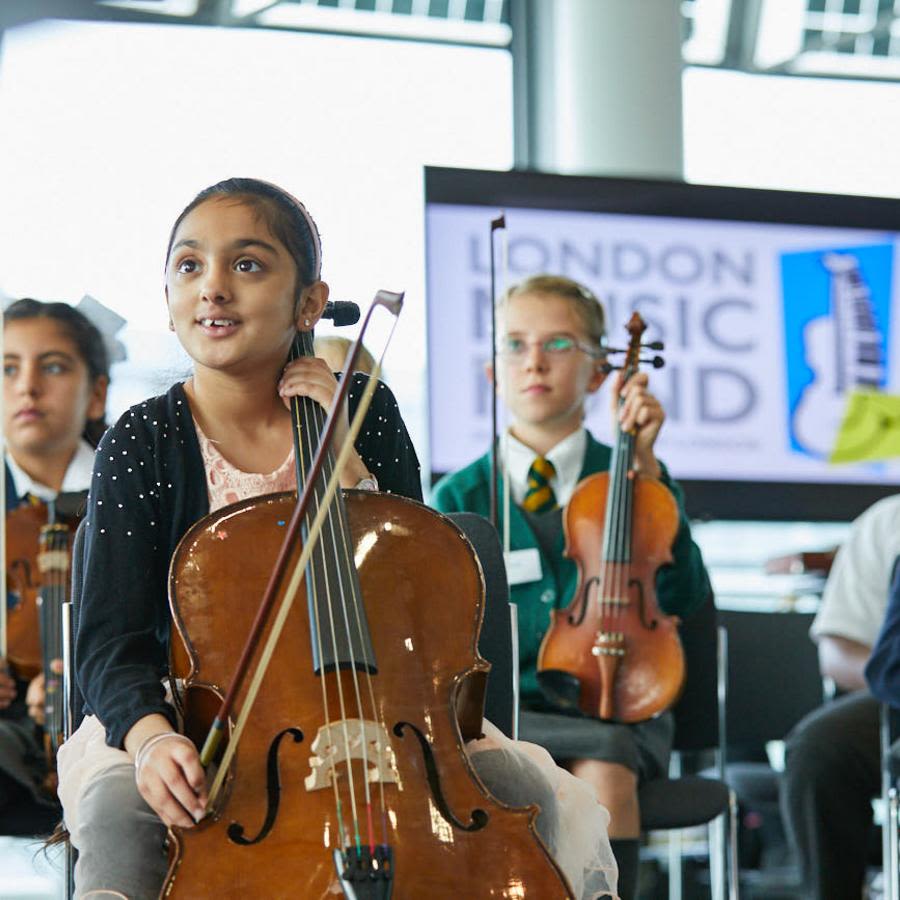BMW Classics
Saturday 10 June 2023
Trafalgar Square & Live on YouTube
Concert starts 5pm BST

BMW Classics is an annual open-air concert with the London Symphony Orchestra, live from London's iconic Trafalgar Square. You can join us in the Square or watch the live stream on YouTube, but wherever you are, the concert is free for everyone to enjoy!
YOUR CONCERT GUIDE
Read all about the music and performers in today's concert in this digital guide. Navigate using the menu or menu icon (≡) at the top of the screen. Click any highlighted text to find out more.
LOOKING FOR SOMETHING ELSE
TELL US WHAT YOU THINK
We'd love to hear your thoughts on this event through a short survey.


With thanks to British Cushions and Coffee on the Green
Welcome
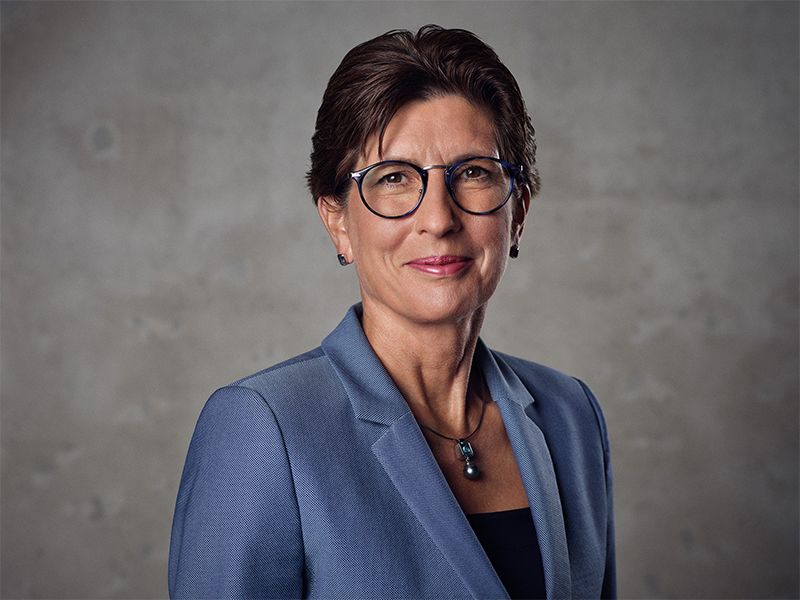
Ilka Horstmeier
Every year, the BMW Classics concert transforms Trafalgar Square into London’s biggest concert venue. Today, we will undoubtedly witness another amazing symphonic experience, with the renowned Sir Simon Rattle conducting the world-class London Symphony Orchestra in the open air.
At BMW our commitment to great music is an integral part of our global cultural engagement, which has been inspiring people around the world for more than half a century. We’ve been partners with the LSO for twelve years now – united throughout by our steadfast commitment to creative freedom, perfection and emotion.
So now, let your imagination take flight as Sir Simon Rattle, the LSO and young musicians from East London perform live in the heart of this mesmerising city.
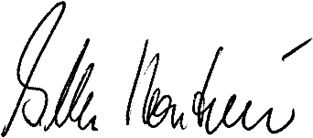
Ilka Horstmeier Member of the Board of Management of BMW AG, People and Real Estate, Labour Relations Director
Ilka Horstmeier Member of the Board of Management of BMW AG, People and Real Estate, Labour Relations Director
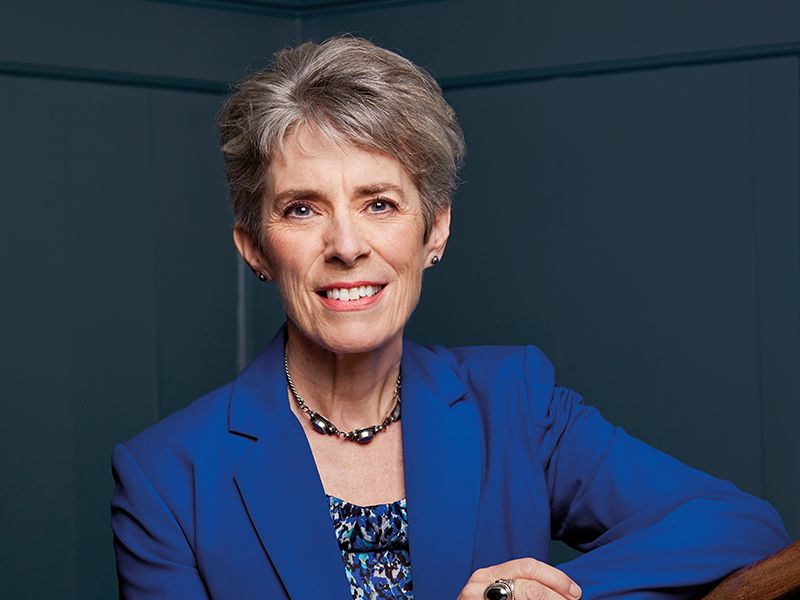
Kathryn McDowell © John Davis
A warm welcome to this BMW Classics concert. Since 2012 this event has entertained over 100,000 people with inspiring and free live music in London's Trafalgar Square, and hundreds of thousands more around the world through online streaming. We thank BMW for joining with us in our commitment to share great music with everyone, both in their ongoing support of this event, and as our long-standing Principal Partner.
LSO Music Director Sir Simon Rattle conducts this year's programme of energetic, colourful orchestral music. As ever in this concert we also celebrate the next generation of musical talent, as young musicians from LSO On Track and the Guildhall School of Music & Drama give the first performance of Light Dancing by Eloise Gynn, a past member of the LSO Panufnik Composers Scheme.
Thank you to all who have made this event possible: to BMW; to Sadiq Khan, the Mayor of London, for the opportunity to perform in this iconic London square; and to YouTube, our streaming partner, for enabling us to reach audiences worldwide. I hope you enjoy the performance.

Kathryn McDowell CBE DL Managing Director, London Symphony Orchestra
Kathryn McDowell CBE DL Managing Director, London Symphony Orchestra
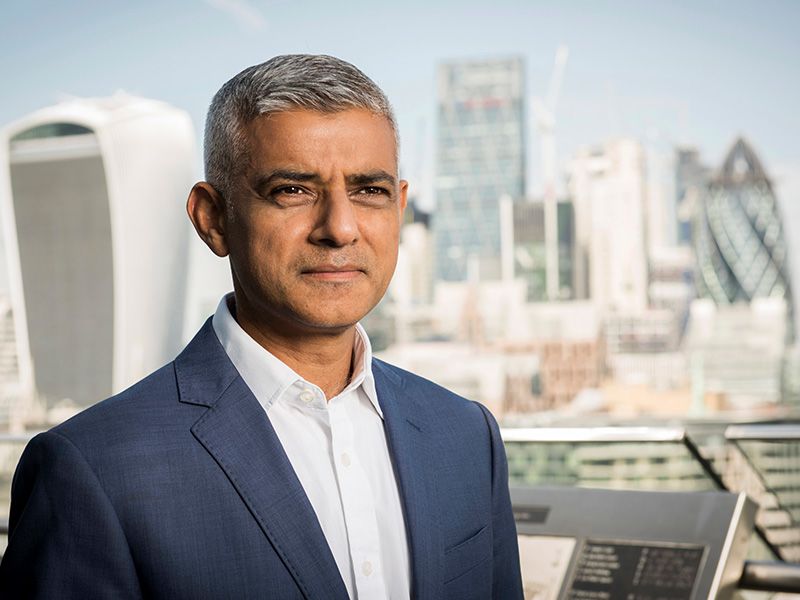
Sadiq Khan © Greater London Authority
To those of you in Trafalgar Square and everyone watching online – welcome to London!
I am delighted that the London Symphony Orchestra and Sir Simon Rattle are returning to Trafalgar Square for this year’s BMW Classics concert.
These free events are a chance for everyone to experience some of the world’s finest music in the heart of our capital.
Today’s concert not only features masterpieces by some of the great composers but also includes brand new music brought to us by Eloise Gynn. Her piece, Light Dancing, showcases the stars of the future, with more than 50 young Londoners joining the orchestra on stage to perform its premiere. It promises to be a real treat!
Enjoy the concert and have a wonderful afternoon.

Sadiq Khan Mayor of London
Sadiq Khan Mayor of London

Ilka Horstmeier
Ilka Horstmeier

Kathryn McDowell © John Davis
Kathryn McDowell © John Davis

Sadiq Khan © Greater London Authority
Sadiq Khan © Greater London Authority
Today's Programme & Performers
Igor Stravinsky Fireworks
John Adams First movement from ‘Harmonielehre’
Eloise Gynn Light Dancing (world premiere) *
Claude Debussy La mer
Maurice Ravel Boléro
Sir Simon Rattle conductor
LSO On Track Musicians *
Guildhall School Musicians *
London Symphony Orchestra
Igor Stravinsky
Fireworks
✒️ 1908 | ⏰ 4 minutes
For a piece that lasts marginally longer than a sparkler, Fireworks is an absolute firecracker! It also packed a punch in Igor Stravinsky’s life and career, putting him firmly on the musical map and paving the way for him to become one of the most influential composers of his age.
‘The presentation’ wrote Stravinsky of its premiere ‘marked a date of importance for the whole future of my musical career.’ Story has it that Serge Diaghilev, impresario and director of the cutting-edge dance company Ballets Russes, attended Fireworks’ first performance. The two men formed a strong alliance, resulting in collaborations that became some of Stravinsky’s most iconic pieces, the ballets The Firebird, Petrushka and The Rite of Spring. But that was all to come.
Although written for a happy occasion, a tinge of sadness surrounds Fireworks. Stravinsky had been taught by Nikolai Rimsky-Korsakov – he of Scheherazade fame – and Fireworks was written as a wedding gift for the teacher’s daughter. Stravinksy was excited to send him the finished product, but sadly the elder statesman died before he saw it.
This so-called 'orchestral fantasy' could be seen as a fitting tribute to Rimsky-Korsakov, as its brilliant instrumentation so obviously takes its lead from his style. The atmosphere is building, the crowd is in eager anticipation, then boom! The first display sets the sky alight. Stuttering piccolos, blasts from the brass and shimmering strings are heard, as fireworks whizz, splutter, float and flitter until their shimmering, glittering sparks die out.
Igor Stravinsky
1882 (Russia) to 1971 (United States)
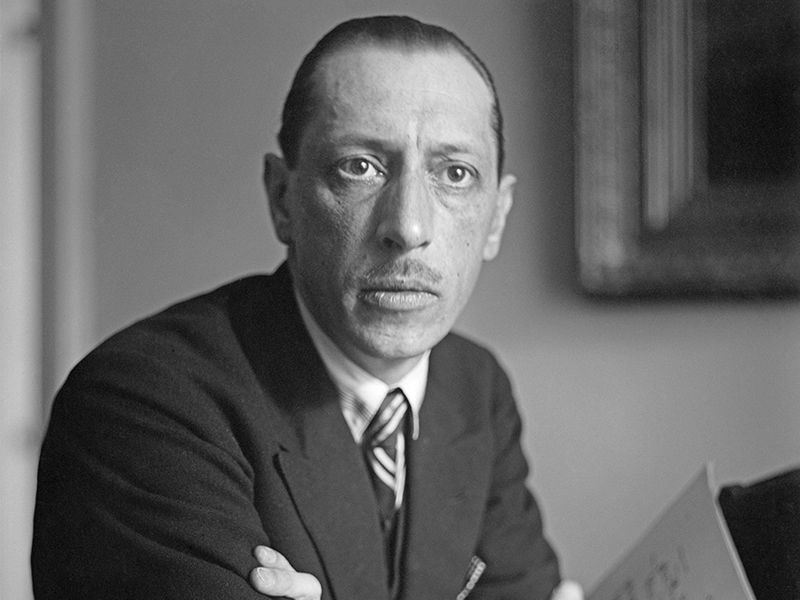
To say that Igor Stravinsky witnessed a lot of changes in his 88 years would be no exaggeration. He lived through tumultuous times, and, similarly, he instigated changes and shook up the music world, his musical innovations building a foundation for much of 20th- and 21st-century music. Throughout his long career, Stravinsky used numerous compositional techniques.
Born into a musical family, his father was an opera singer and his mother a talented pianist, but they weren’t keen on beloved Igor having a career in music. To appease them he studied law (rather unenthusiastically), but his first love was too much of a pull. As soon as he could he became an apprentice to Rimsky-Korsakov. After his first flicker of fame with Fireworks, his name and notoriety was firmly cemented with his alliance with the Ballets Russes, which culminated in three of his most well-known works including The Rite of Spring, which infamously caused a riot at its first performance because of its shocking novelty.
From then on there was no stopping him, not even World War I, when he fled to Switzerland with his wife and four children. Here his homesickness influenced his music, infused as it was with Russian folk-music, and later the dazzling world of jazz started to rear its head. He spent 20 years in France where he continued to build his name.
Tragedy struck at the end of the 1930s when he lost his wife and daughter to tuberculosis. A devastated Stravinsky emigrated one final time, to America in 1939, where the self-confessed ‘inventor of music’ continued to be true to his word and compose works that amazed, shocked and inspired audiences and musicians alike.

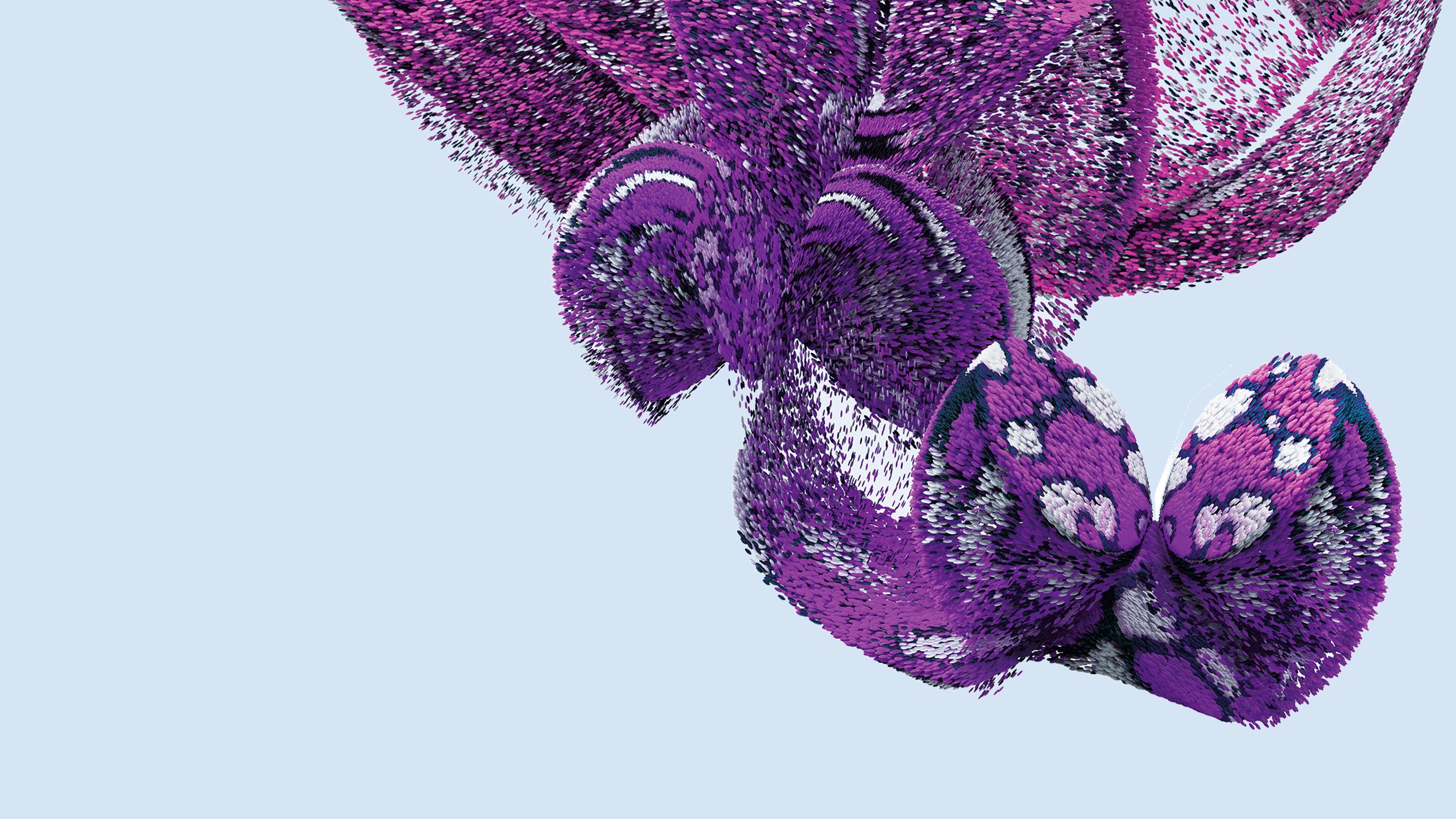
SHARE YOUR SNAPS
We love to see how you're enjoying the concert. Tag us in your photos and use the hashtag #LSOBMWCLASSICS.
Instagram londonsymphonyorchestra
Facebook londonsymphonyorchestra
Twitter londonsymphony
TikTok londonsymphonyorchestra
John Adams
First movement from 'Harmonielehre'
✒️1985 | ⏰17 minutes
If you ever suffer from writer’s block or just can’t seem to get started on a project, then eat cheese before going to bed and hope you have wild dreams. This strategy worked for John Adams (maybe without the cheese): surreal night visions helped him out of his own compositional black hole. He dreamt of a huge supertanker in San Francisco Bay that suddenly took off ‘and thrust itself into the sky like a Saturn rocket’, and the opening of Harmonielehre was finally launched. More dreams to follow!
Commissioned by the San Francisco Symphony, Harmonielehre in full is a monster, complex 40-minute work. It is inspired not just by dreams but also, as Adams explains, the ‘developmental techniques of Minimalism with the harmonic and expressive world of fin de siècle late Romanticism’: that is, the pairing of two very different music styles and ideologies. Adams, an exponent of Minimalism, quotes composers Mahler and Sibelius as his late-Romantic influencers here, but he incorporates them with a very large Adams twist.
While your ears get used to the tonality of the work, it’s worth noting that the title is from a 1911 textbook on musical harmony, of the same name, by the composer Arnold Schoenberg – a slightly ironic gesture, as Schoenberg once questioned if tonal music still existed and went on a voyage of extolling twelve-tone music. Adams chose the title as a kind of parody because, as he explains, he rejected the ‘ugliness’ of some of the new work being written in the 20th century.
The first movement, which we hear today, feels as if it literally launches into the sky – like the tank in the composer's dream – with huge, repeated E minor chords. Adams called the central section a ‘Sehnsucht’ – a yearning, a beautiful passage on the cellos, before the pounding chords return.
A really interesting feature of this work is the percussion. Take a look at the back of the stage! There’s an impressive line-up of pitched (ie tuned) instruments, like glockenspiels and marimbas and vibraphone, all ready to be bonged, bashed, brushed and even bowed for dramatic effect.
John Adams
Born 1947 (United States)
John Adams © Vern Evans
John Adams © Vern Evans
American composer John Adams, born in the rock’n’roll generation and a lover of jazz, has become an elder statesman and star of classical music. His career spans over 50 decades and his works have been performed around the globe.
In the 1970s, inspired by the avant-garde music of John Cage, Adams delved into the world of electronic composition, which you can still hear in his works today. He is also a doyenne of minimalist or post-minimalist music heard in two of his most famous works: Short Ride in a Fast Machine (1986) and On the Transmigration of Souls (2002), the latter composed for the victims of 9/11. In fact, many of his works tackle difficult subjects: these include The Death of Klinghoffer, dealing with the Arab-Israeli conflict, its first performance causing so much controversy that it set back the UK premiere by ten years. His third opera Doctor Atomic (2005) is the story of the scientists who devised the first atomic bomb during World War II.
Now residing in California – his home since he was 23 – he was born and raised in New England to musical parents. His mother was a glamorous singer with a big band, and he quotes Ella Fitzgerald as one of his inspirations, alongside other popular music greats Joni Mitchell and Bob Dylan. And like his father he learned the clarinet and joined marching bands – perhaps the start of his fascination with repetitive rhythm.
Adams started composing at the tender age of ten, and heard his early works performed when a teenager. He looked set to be on a steady career path, only to experience writer's block in the 1980s. But, as we see in Harmonielehre, mad dreams got him back in the saddle, and with over 70 works to his name, from opera, orchestral and voice to tape and electronic, he’s never looked back.

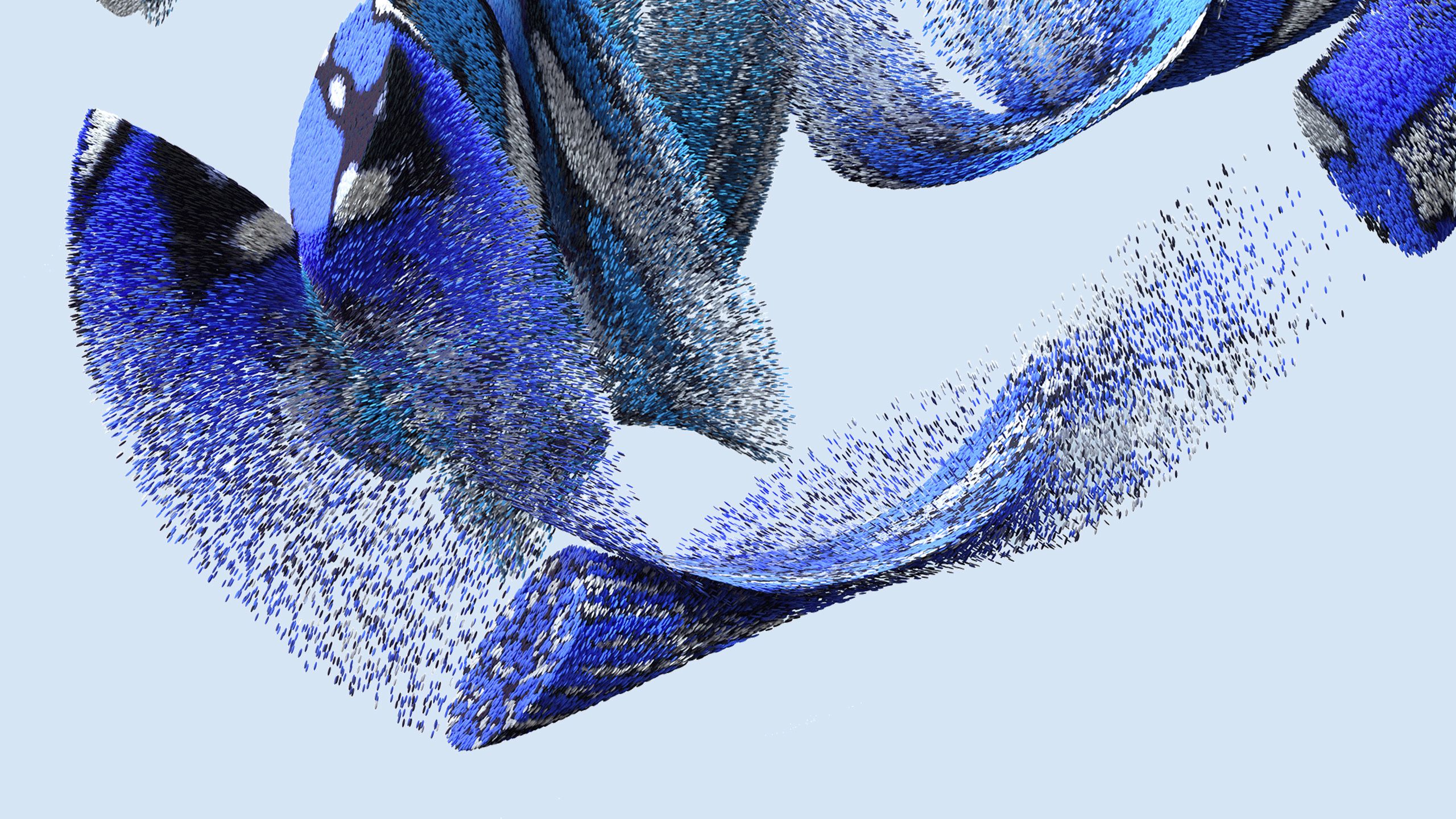
LISTEN TO OUR RECORD LABEL
The LSO has made over 150 recordings through our record label LSO Live, and featured on many more, including some classic film scores like Star Wars. You can find us on Apple Music Classical and Spotify.
Eloise Gynn
Light Dancing
(world premiere)
✒️2022 | ⏰10 minutes
LSO On Track Musicians
Guildhall School Musicians
Eloise Gynn shakuhachi
A piece about light, moments of reflection and journeying, introduced by its composer Eloise Gynn.
My original idea and title came from the image of light dancing, sparkling on moving water. However as the piece progressed it became something rather different. I was invited to create a part for shakuhachi (Japanese bamboo flute) in the piece, and it became like a journey, or memoir, from various adventures I’ve had in the last few years, travelling and performing with both shakuhachi and cello.
Whilst collaborating and creating with musicians and dancers in Italy, Armenia and Hwaeomsa, a beautiful Buddhist temple in the Jirisan mountains of South Korea, I fell in love with the traditional music and cultures of these places, and elements of these seep into my musical language. The shakuhachi melody (later taken by oboes) has echoes from Armenia, and the extensive use of the temple block in the piece is inspired by the way the Korean monks accompany themselves in their daily chants. I hope the piece will bring moments of reflection to the busy heart of our capital city.
It is a huge privilege to have this new piece played by the LSO and this great group of young London musicians, and to play shakuhachi alongside them on stage. At the beginning of the process I very much looked forward to spending time with them to bring the piece to life. The prospect of it being part of the BMW Classics concert in Trafalgar Square has been beyond thrilling. And I would also like to thank Michael Soumei Coxall for his great generosity.
'[Taking part in the performance at Trafalgar Square has] made me want to pursue music and be able to perform in front of crowds like today. It's made me feel confident that I want to continue with music at higher level.'
Eloise Gynn
Inspired by the natural world, poetry and movement, Eloise Nancie Gynn’s music has been described as 'ethereal, glowering' (Terry Blain, BBC Music Magazine), 'quite intoxicating' (Classical Reviewer) and 'luxuriantly slow moving, soft edged and ruminative' (Ivan Hewitt, The Telegraph). She studied Composition at Cardiff University with Arlene Sierra, Anthony Powers and Judith Weir, winning a scholarship for High Performance, the School’s Neville John String Prize and the A B Dally Prize for Composition.
Eloise has had works performed by the London Symphony Orchestra, London Sinfonietta, Kokoro, Hebrides Ensemble, Schubert Ensemble, MusArc choir and the Dr K Sextet, at festivals such as Aldeburgh, St Magnus, Bath and Cheltenham. She was a member of the LSO Panufnik Composers Scheme (2010/11), as a result of which her commission Anahata was premiered by the LSO at the Barbican, conducted by Nicholas Collon. Her earlier piece Sakura was recorded and released on the LSO Live album The Panufnik Legacies, conducted by François-Xavier Roth.
She is also a performer, and has performed in a diverse range of artistic ventures, from playing the cello and shakuhachi at festivals in Armenia and Lithuania, to collaborating with choreographers at Phoenix Dance Theatre.


WATCH MORE ONLINE
There are almost 600 videos on the LSO's YouTube channel, from performances to interviews and masterclasses, with new videos released regularly.
Claude Debussy
La mer
✒️1903–05 | ⏰21 minutes
1 From dawn to noon on the sea
2 Play of the waves
3 Dialogue of the wind and sea
Just as Stravinsky used orchestral colour to illustrate the sparkle of fireworks, so too did Claude Debussy use orchestral colour in his evocative La mer: from dappled sunlight on gentle waves to the surge and power of a less-welcoming sea, the work is full of descriptive hues. It’s no wonder, then, that he was aligned with the impressionist movement.
It’s also not surprising that Debussy was drawn to the ocean as inspiration – he loved the sea, and had even wanted to become a sailor. The stars aligned when he discovered Hokusai’s painting of The Great Wave off Kanagawa, combining his love of art and his fascination with the sea, and so it became the inspiration for this maritime tryptich symphonic poem. (The fact that it was partly composed in dear old Blighty at Eastbourne, and at a time when he was partly in hiding after an infamous affair, may give it a slightly less exotic allure.)
Debussy believed that musicians could ‘capture all the poetry of night and day, of the earth and sky, and recreate their atmosphere and give rhythm to their immense pulsations,’ but seemed determined to tell them how to do it. A devil for the detail, he wrote copious specific instructions for the performers, which could be both a blessing and an irritant to interpreters. It does mean, however, that we know exactly how the composer wished his work to be heard, which is not always the case. And his control certainly draws us in from the get-go. Sunrise over calm seas and the shifting moods of the early hours are clearly heard in ‘From dawn to noon’. 'Play of the waves' is cheeky and mischievous, revealing the unsettled and fickle nature of the sea. The final movement, a conversation between those two great elements, wind and sea, brings it to a climactic ending, the swirling agitated ocean swell splattering with salt spray.
Claude Debussy
1862 to 1918 (France)
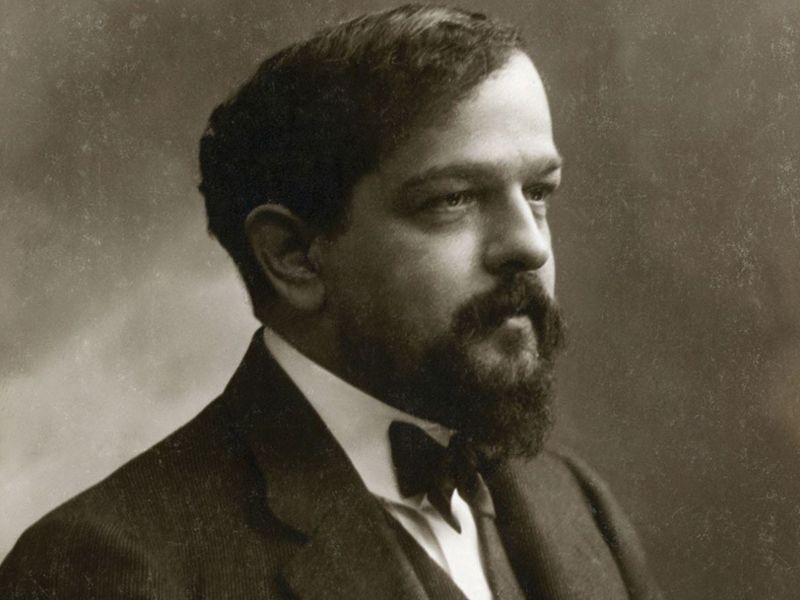
‘Anyone who calls my music 'impressionist' is an imbecile,’ despaired Debussy. Unfortunately the descriptive is almost always associated with this French composer’s style. A modernist, then? Late Romantic? Or abstract composer? He was certainly a revolutionary of the time, and is the missing link from the Romanticism of Wagner to new soundworlds heard today.
It's not clear why he had such an aversion to the term 'impressionism', first applied to his evocative work Prélude à l'après-midi d'un faune (1894), that has been hailed as the beginning of modern music. Perhaps at the time the term was seen as a pejorative one, implying something ‘unfinished’. However, it turned out not to be a hindrance. As well as orchestral works, Debussy is also associated with the piano, which he studied before decided composing was his chosen path.
He had a rather tempestuous life and a large ego. He divorced his first wife after five years, claiming she ‘didn’t understand’ his music, and his affair with the sophisticated Emma Bardac, who was to become his second wife, caused a scandal. Despite this, he had loving relationships, and his wife and daughter were at his side until the end, when he died at the aged of just 55.
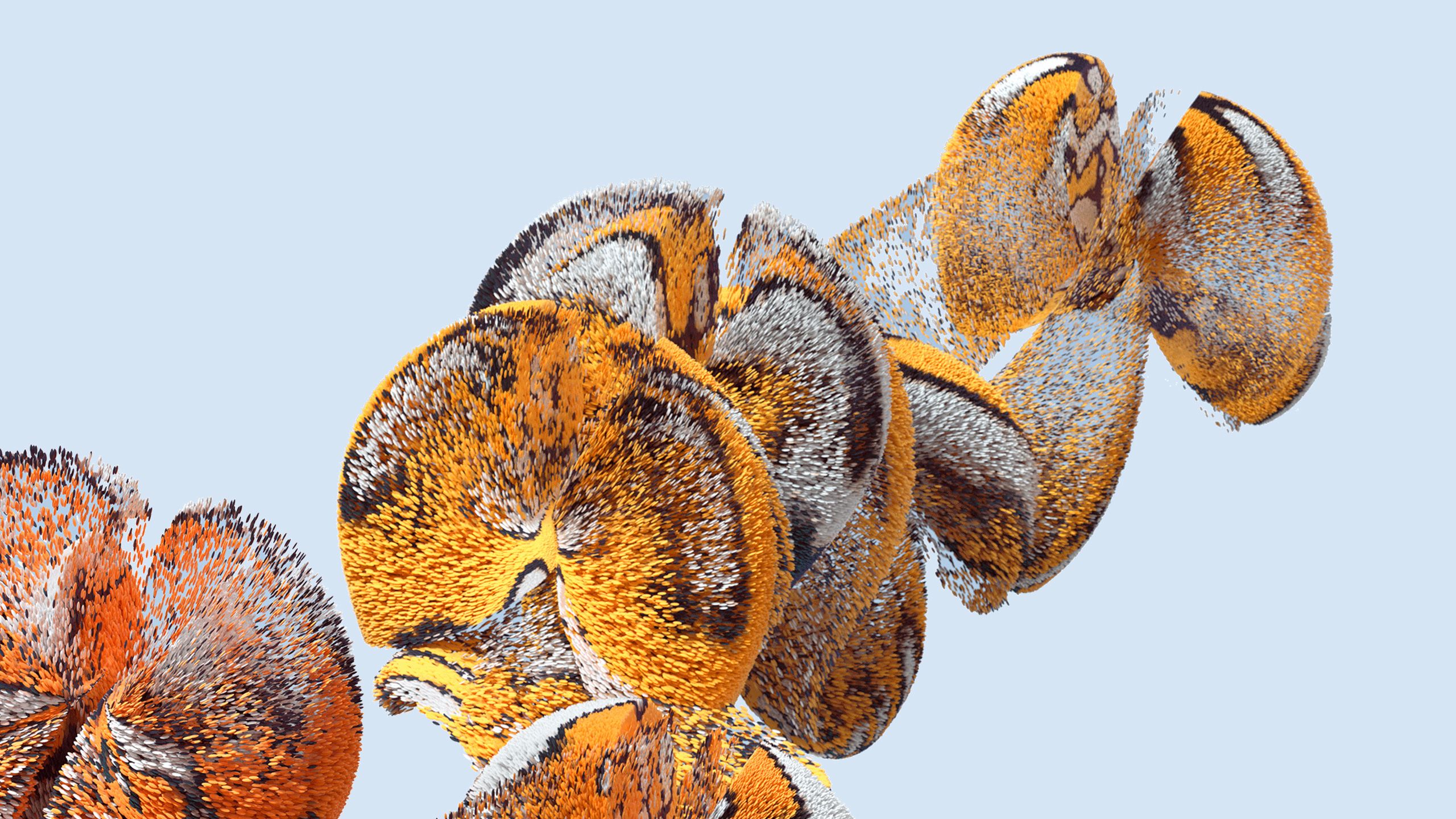
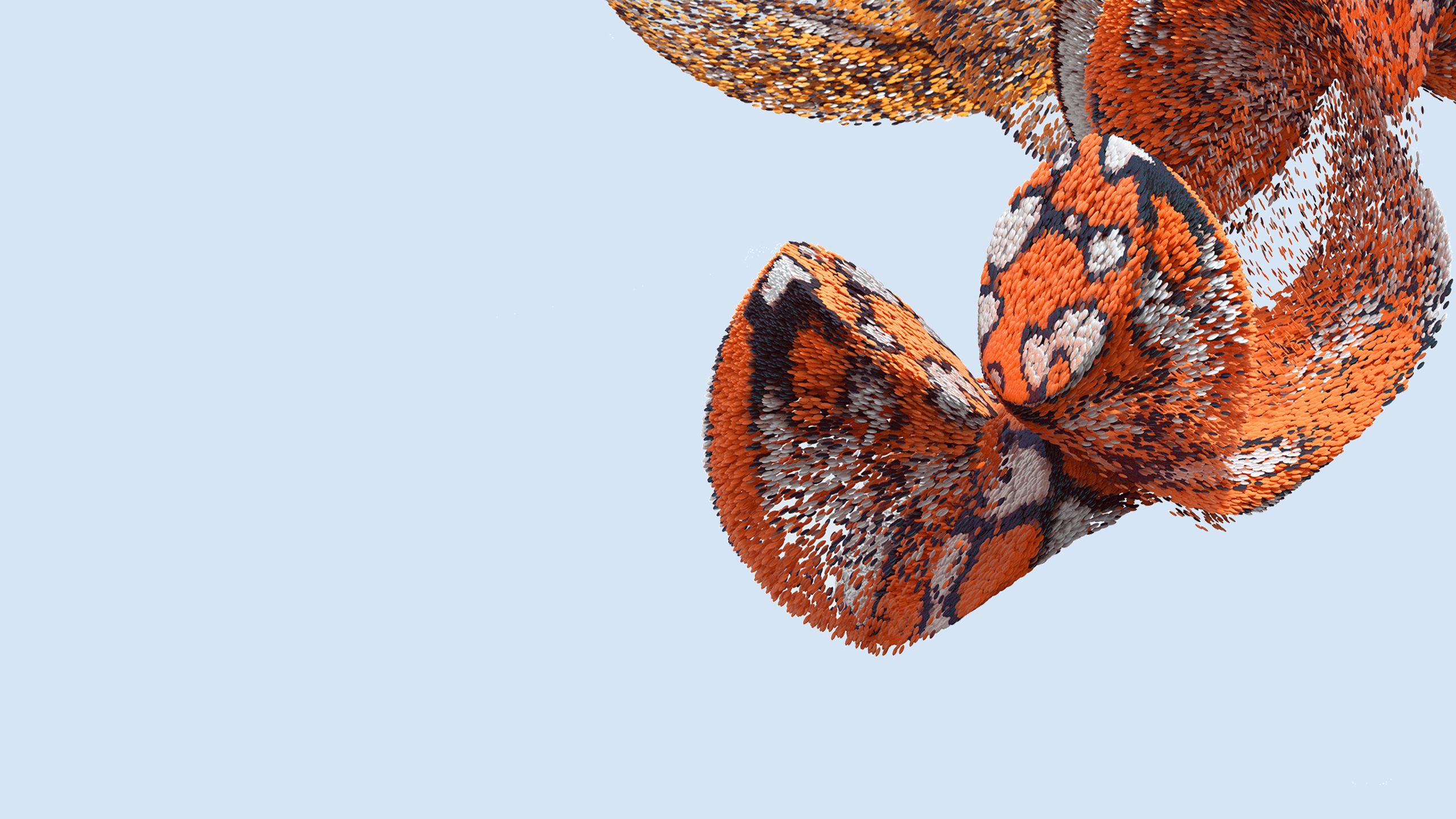
KEEP IN TOUCH
It means a lot to us to stay connected. You can always find more from us on Twitter, Facebook, Instagram or TikTok. Or subscribe to receive emails and we'll send updates each month straight to your inbox.
Maurice Ravel
Boléro
✒️1928 | ⏰15 minutes
Take a moment to appreciate today's percussionist on the snare drum! The whole 15 minutes-or-so of Boléro sits on the shoulders of this one performer, battering out the same two-bar pattern. It has to be consistent and exact from start to finish; performing it has been likened to climbing Everest. It’s just one element of this extraordinary work that’s become one of the most popular classical music pieces in the concert hall, despite its composer's protestations that ‘it has no music in it’.
Boléro was a commission for Maurice Ravel’s friend and dancer, Ida Rubenstein, written rather hastily (by Ravel’s standards) after his original idea had to be scrapped due to copyright issues, and time was short. So he returned to an idea he’d had of using one single tune. As he once said of his composing style: ‘I begin by considering an effect’.
Boléro’s two ‘effects’, the mix of melodious sensuality and mechanical repetition, has its roots in the influence of both of his parents. Ravel’s mother was Spanish and they often took childhood holidays in the Basque country. There Ravel fell in love with Spanish folk music, including ‘boleros’, a type of dance in three beats, usually dramatic and sensual. His own version is slower than traditional boleros but the two sinuous melodies that weave around the relentless drum and plucked string rhythm are influenced by them. Ravel’s father, on the other hand, was an engineer and inventor, responsible for the notorious ‘Whirlwind of Death’ carnival ride; a jolly day out for Ravel boys could include a trip to a factory to see the latest automated wonders. Ravel loved the rhythm and sonority of these places, and indeed had a favourite one that he referred to as the ‘Bolero factory’.
Once again in today’s concert, brilliant orchestration is at the forefront. The melody, first heard quite simplistically on the flute, is passed from one instrument to another, undergoing transformations. The bassoon and trombone versions are very jazzy, but listen out for an extraordinary moment when Ravel combines horns with celeste and piccolos, the latter playing in a completely different key! It sounds like a new invented instrument: Ravel admits he set out to ‘seduce and fool’ the listener. Slowly the work builds its one crescendo – incredibly difficult to control – until a startling moment as the work’s only key change heralds its ultimate, violent climax.
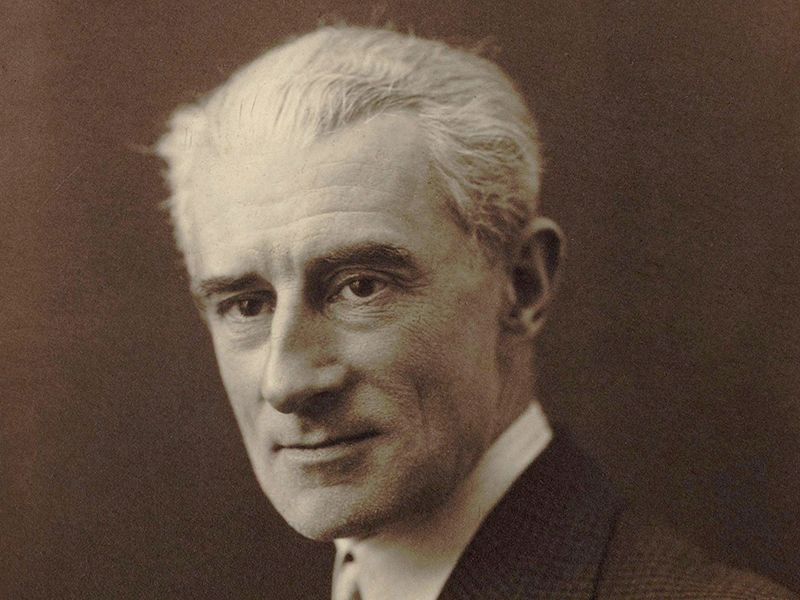
Maurice Ravel
1875 to 1937 (France)
Taught by composers Gabriel Fauré and Nikolai Rimsky-Korsakov, a friend of Erik Satie, George Gershwin requested lessons … Ravel certainly had glittering musical connections! His musical prowess opened the gates into this world, and it was encouraged from an early age. His mother’s Basque heritage in particular had a powerful influence, and his music is littered with Spanish references. By the time he was 14, he had performed his first public piano recital and was sent to the famous music college, the Conservatoire de Paris, where he ditched the piano for composing.
Some of his early works were met with a derisory response, but he found success in 1905 with Miroirs for piano, two years later completing one of his most popular works, Rapsodie espagnole with its obvious Spanish influence. His small but popular oevre is described as exotic, experimental and neo-Classical. His use of orchestral colour means he is also called an impressionist, although he thought very little of his peer, Debussy. He put his clever instrumentation skill to good use by orchestrating other people's works: his version of Mussorgsky’s Pictures at an Exhibition earned him a fair few extra centimes and is a firm favourite in the concert hall today.
Always a rebel in terms of composing – he has been described as ‘uniquely single-minded, a perfectionist who listened to no one but his own gut’. He died in December 1937, aged 62, with a wealth of potential music unrealised.
Programme notes by Sarah Breeden. Sarah Breeden contributes to BBC Proms family concert programmes, has written on film music for the LPO and LSO, school notes for the London Sinfonietta and the booklet notes for the EMI Classical Clubhouse series. She worked for the BBC Proms for several years.


COME AND SEE US AGAIN
The LSO's home is at the Barbican in the City of London, and has been since 1982. We perform concerts there almost every week from September to June, with Wildcard tickets starting at just £12. Bag a seat at a discount price, and find out exactly where when you get to the concert.
Sir Simon Rattle
LSO Music Director
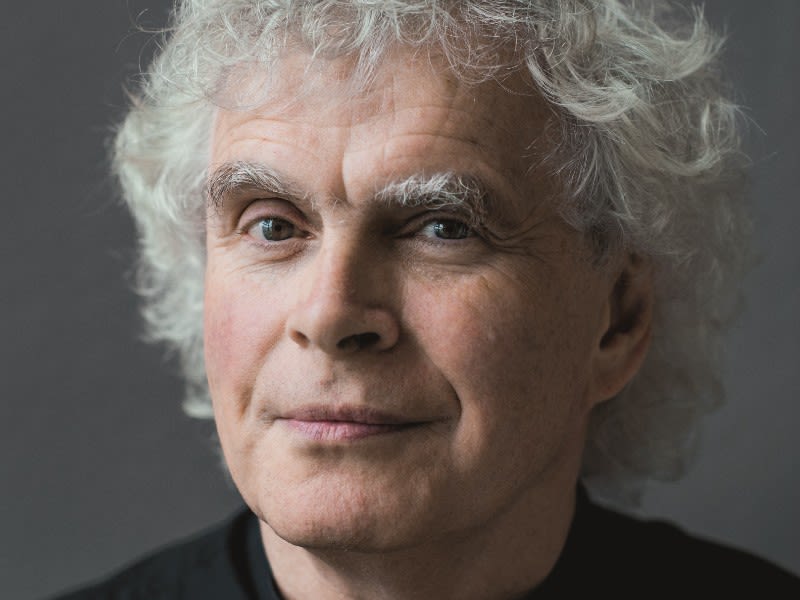
Sir Simon Rattle © Oliver Helbig
From 1980 to 1998, Sir Simon was Principal Conductor and Artistic Adviser of the City of Birmingham Symphony Orchestra and was appointed Music Director in 1990. In 2002 he took up the position of Artistic Director and Chief Conductor of the Berlin Philharmonic, where he remained until the end of the 2017/18 season. Sir Simon was appointed Music Director of the LSO in September 2017, a position he will remain in until the 2023/24 season when he will become Conductor Emeritus. From the 2023/24 season Sir Simon will take up the position of Chief Conductor with the Symphonieorchester des Bayerischen Rundfunks in Munich. He is a Principal Artist of the Orchestra of the Age of Enlightenment and Founding Patron of Birmingham Contemporary Music Group.
Sir Simon has made over 70 recordings for EMI (now Warner Classics) and has received numerous prestigious international awards for his recordings on various labels. His most recent recordings include Berlioz’s The Damnation of Faust, Helen Grime’s Woven Space, Debussy’s Pelléas et Mélisande, Mark-Anthony Turnage’s Remembering and Beethoven’s Christ on the Mount of Olives, all released by LSO Live.
Music education is of supreme importance to Sir Simon. In 2019 Sir Simon announced the creation of the LSO East London Academy, developed by the LSO in partnership with ten East London boroughs. This free programme aims to identify and develop the potential of young East Londoners between the ages of 11 and 18 who show exceptional musical talent, irrespective of their background or financial circumstance.

Sir Simon Rattle © Oliver Helbig
Sir Simon Rattle © Oliver Helbig
LSO On Track
LSO On Track puts young East Londoners on a world-class stage with LSO musicians to create inspirational performances, accelerate instrumental learning and nurture young musicians’ musical and personal development.
LSO On Track is a partnership between the LSO and ten East London Music Services, in collaboration with the Barbican and Guildhall School of Music & Drama. This partnership puts the LSO at the heart of the Music Education Hubs in East London, in the boroughs of Barking & Dagenham, Bexley, Greenwich, Hackney, Havering, Lewisham, Newham, Redbridge, Tower Hamlets and Waltham Forest. The programme is developed collaboratively between partners, providing a diverse programme of activity for young people which responds to changing need in the community and complements the local offer.
LSO On Track has a key objective of creating environments for young people to flourish, both musically and personally – wherever they started from musically, socially, economically and culturally. Like an orchestra, LSO On Track aims to build communities made up of people and organisations, greater than the sum of their parts. It provides a diverse programme which reflects the variety of individuals who make up the communities of East London, which bring together the skills and expertise of many individuals. The programme includes activities for primary school teachers and their pupils, for special schools and young people with learning disabilities, for young musicians to both devise their own new music and receive high-level coaching from LSO musicians, plus opportunities to perform in world-class venues, and much much more.
On stage today, young musicians represent all ten LSO On Track partner Music Education Hubs, and include members of the newest part of LSO On Track – the LSO East London Academy.
Guildhall School of Music & Drama
We work in close collaboration with Guildhall School of Music & Drama to deliver the Orchestral Artistry programme, an exciting professional specialism for advanced strings, wind, brass or percussion instrumentalists seeking a career in orchestral playing, as part of the Guildhall Artist Masters MMus/MPerf in Performance.
Students take part in orchestral repertoire training, audition preparation and coaching sessions with LSO players, as well as LSO rehearsal sit-ins, masterclasses and community projects.
LSO On Track Musicians On Stage
First Violins
Chloe Merlin
Elio Aliaj
Eliana Kidane
Natalie Ferreira
Melody Okelue
Second Violins
Michelle Teibo
Leila Wilkinson
Mary Youssef
Geethika Manmohan Nair
Tobyn Chappell
Onome Takpimivbiomo
Violas
Noam Vojic
Jed Thwala
Isaac Bornat
Tawona Mpawose
Cellos
Adelina Sirghi
Cerian Bright
Michael Green
Eabha Healey
Double Basses
Joel Elonge
Yannis Sissuh
Romans Olubodun
Flutes
Mayukhjit Chakraborty
Anisa Campbell
Lily Sentance
Brigita Bernotaviciute
Oboes
Aoife O’Mahoney
Tobi Aroyewun
Daniel Sedlacek
Clarinets
Zana Barnes
Samuel Gratton
Sophia Nallalingham
Anisha Afrin
Bassoons
David Kimaro
Eleanor Higgins
Max Liu
Horns
Mim Asker
Georgia White
Alice Jarrett
Trumpets
Laurence Smith
Leela Assi
Patrick Gulvin
Trombone
Ted Fields
Tubas
Willem Hamman
Asher Mauger
Percussion
Oluwajuwonlo Asoto
Emil Alandry-Kåri
Toby Carpenter
Lyan Gama
Guildhall School Musicians On Stage
First Violins
Joana Rodrigues *
Zoe Hodi *
Camille Said
Paula Guerra
Second Violins
Gosia Podlinska
Pak Ho Hong
Laia Francés Pont
Violas
Yinuo Zhu *
Micaela Miranda *
Cello
Harry Everitt
Double Bass
Georgia Lloyd *
Flute
Rachael Watson *
Oboe
Richard Lines-Davies *
Clarinet
Cara Doyle *
Bassoon
Daria Phillips *
Horn
Nicole Ma *
Trumpet
Tom Watts *
Trombone
Adam Quilter *
Percussion
Tom Hodgson *
* Member of Orchestral Artistry, part of the Guildhall Artist Masters programme
London Symphony Orchestra
The London Symphony Orchestra strives to inspire hearts and minds through world-leading music-making. We were established in 1904, as one of the first orchestras shaped by its musicians. Today, we're ranked among the world's top orchestras. We are Resident Orchestra at the Barbican, and we reach international audiences through touring, online broadcasts and streaming services.
Through our world-leading learning and community programme, LSO Discovery, we’re connecting people of all ages and walks of life to the power of great music. In 1999, we formed our own recording label, LSO Live, and revolutionised how live orchestral music is recorded, with over 150 recordings released so far.
Through inspiring music, educational programmes and technological innovations, our reach extends far beyond the concert hall.
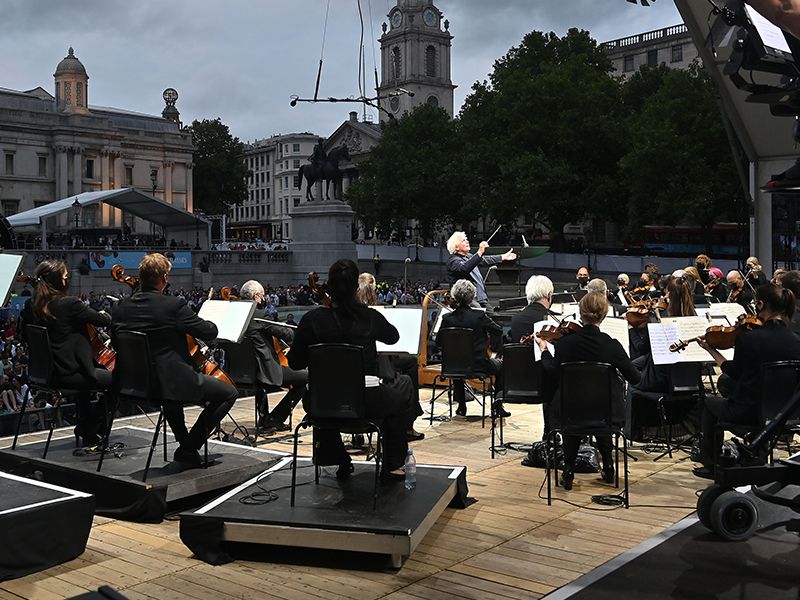
BMW Classics 2021 © Mark Allan
BMW Classics 2021 © Mark Allan
On Stage
Leader
Carmine Lauri *
First Violins
Clare Duckworth
Ginette Decuyper
Laura Dixon
Maxine Kwok *
William Melvin
Elizabeth Pigram *
Claire Parfitt
Harriet Rayfield
Richard Blayden
Morane Cohen-Lamberger
Caroline Frenkel
Bridget O'Donnell
Hilary Jane Parker
Second Violins
Julián Gil Rodríguez *
Miya Väisänen
David Ballesteros
Matthew Gardner *
Naoko Keatley
Alix Lagasse *
Belinda McFarlane *
Iwona Muszynska
Csilla Pogany
Paul Robson
Mitzi Gardner
Erzsebet Racz
Violas
Scott Dickinson
Gillianne Haddow *
Malcolm Johnston
Anna Bastow
Steve Doman *
Julia O'Riordan *
Sofia Silva Sousa
Robert Turner
Michelle Bruil
Mizuho Ueyama
Cellos
David Cohen *
Eve-Marie Caravassilis
Alastair Blayden
Laure Le Dantec *
Amanda Truelove
Victoria Harrild
Jessie Ann Richardson
Joanna Twaddle
Double Basses
Enno Senft
Patrick Laurence *
Matthew Gibson
Thomas Goodman *
Jani Pensola
Adam Wynter
Flutes
Gareth Davies
Daniel Shao
Patricia Moynihan
Piccolo
Sharon Williams *
Oboes
Juliana Koch
Rosie Jenkins *
Cor Anglais
Eloi Huscenot
Clarinets
Chris Richards *
Chi-Yu Mo
Bass Clarinets
Martino Moruzzi
Thomas Lessels
Alto Saxophone
Simon Haram
Tenor Saxophone
Shaun Thompson
Bassoons
Rachel Gough
Joost Bosdijk *
Bruce Parris
Contra Bassoon
Rebecca Koopmans
Horns
Timothy Jones *
Angela Barnes
Olivia Gandee
Jonathan Maloney
Andrew Budden
Flora Bain
Trumpets
James Fountain *
David Carstairs
Imogen Whitehead
Simon Cox
Thomas Fountain
Cornets
Thomas Fountain
Simon Cox
Trombones
Matthew Gee
Andrew Cole
Bass Trombone
Paul Milner *
Tubas
Ben Thomson *
David Kendall
Timpani
Patrick King *
Percussion
Sam Walton *
David Jackson
Jacob Brown
Owen Gunnell
Barnaby Archer
Harps
Bryn Lewis
Manon Morris
Piano
Elizabeth Burley
Celeste
Philip Moore
* On stage in Light Dancing
We hope you enjoyed BMW Classics 2023.
If you joined us in Trafalgar Square, thank you for coming and have a safe journey home. To everyone who watched online, thank you for letting us bring music into your homes. See you next year!
TELL US WHAT YOU THOUGHT
We'd love to hear about your BMW Classics experience. Let us know what you thought of the concert by filling out this short survey.
London Music Fund
Developing Potential since 2011
The London Music Fund’s mission is to transform under-served communities by enabling children to access high-quality music education.
Click to learn more and help us change young lives through music.
The LSO is funded by Arts Council England in partnership with the City of London Corporation, which also provides the Orchestra’s permanent home at the Barbican.
